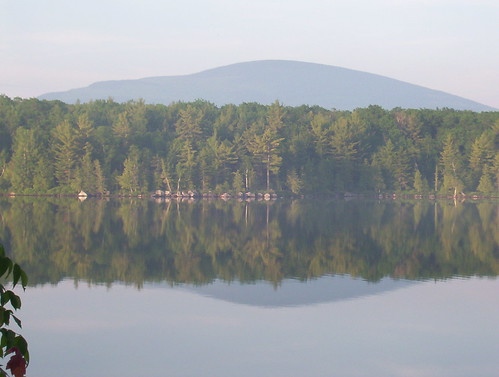 Today was the last day of the certification. Pretty much at this point we had demonstrated our teaching abilities and so we now had to demonstrate we could perform in the conditions. We didn't do much teaching today, in fact, it felt more like we just performed a list of tasks in various conditions. We played in the current as we were leaving the sheltered inlet then we were out on the ocean. Today was not nearly as rough or big as yesterday but we still had enough of a swell coming in creating some surfing conditions along the sea wall.
Today was the last day of the certification. Pretty much at this point we had demonstrated our teaching abilities and so we now had to demonstrate we could perform in the conditions. We didn't do much teaching today, in fact, it felt more like we just performed a list of tasks in various conditions. We played in the current as we were leaving the sheltered inlet then we were out on the ocean. Today was not nearly as rough or big as yesterday but we still had enough of a swell coming in creating some surfing conditions along the sea wall. With the sea wall giving us a hard challenge to avoid, we did some group management while doing surf landings and launching. We also had to catch a wave in and surf it. I failed horribly the first time as I thought I was supposed to surf it sideways. I did eventually catch a wave in a nice surf, but I was rather timid about it. We then did some more 360 degree turns in the surf zone. I thought I had some trouble doing this as about halfway through the turn the surf turned me back to the starting position. So I started over not even realizing it had turned me in the direction I wanted to travel, so I did two 360 degree turns in a row. Everyone thought I was showing off, I wasn't. It was scary enough doing one turn.
We ended up portaging our kayaks back to the inlet side due to the outrushing current being so strong. Once back on the inlet side, we went back to the eddy and did some towing into the current. The fun part of this was we had to tow someone out into the current and once they hit the current, the tow-er had to capsize, release the tow and roll back up. I decided my roll wasn't confident enough so I did the extended paddle roll guaranteeing that I came back up. I had never done one before but it was nice. I have seen people using them as crutches to avoiding learning a real roll, but since I was having trouble I decided to use it. I also watched one of the guys on this event use the roll and break his paddle, I definitely didn't want to break my paddle.
After all this, we congregated on the beach and decided to get our feedback as a group. The person receiving the feedback stood up on a cinder block and everyone said whether they were at an L4 level or not. Everyone who was there to re-certify at the L4 level got their level. A few people who were at the L3 and wanted the L4 got their L4 level. Then there were 3 of us who had no level to begin with. Of the three of us, the first guy received an L2 with distinction. In a way I was glad to see him only get the L2 as he had some problems with teaching and performing certain strokes. The other guy received an L3 with a continuation for the L4, so with a little work, he should be able to get his L4 no problem. I received my L3 with distinction and with some work should have no problems receiving my L4. I really just need to get out in big conditions a few more times to get comfortable with them. I think I also need a boat I can control better so I will feel more comfortable.
All in all it was a great event and I feel I learned a lot from it. Someone said they tend to learn more from the certification events then they do from classes. I can see why. These are pretty intense ways to learn something and generally it is trial by fire. It was safe but definitely a learning curve.




